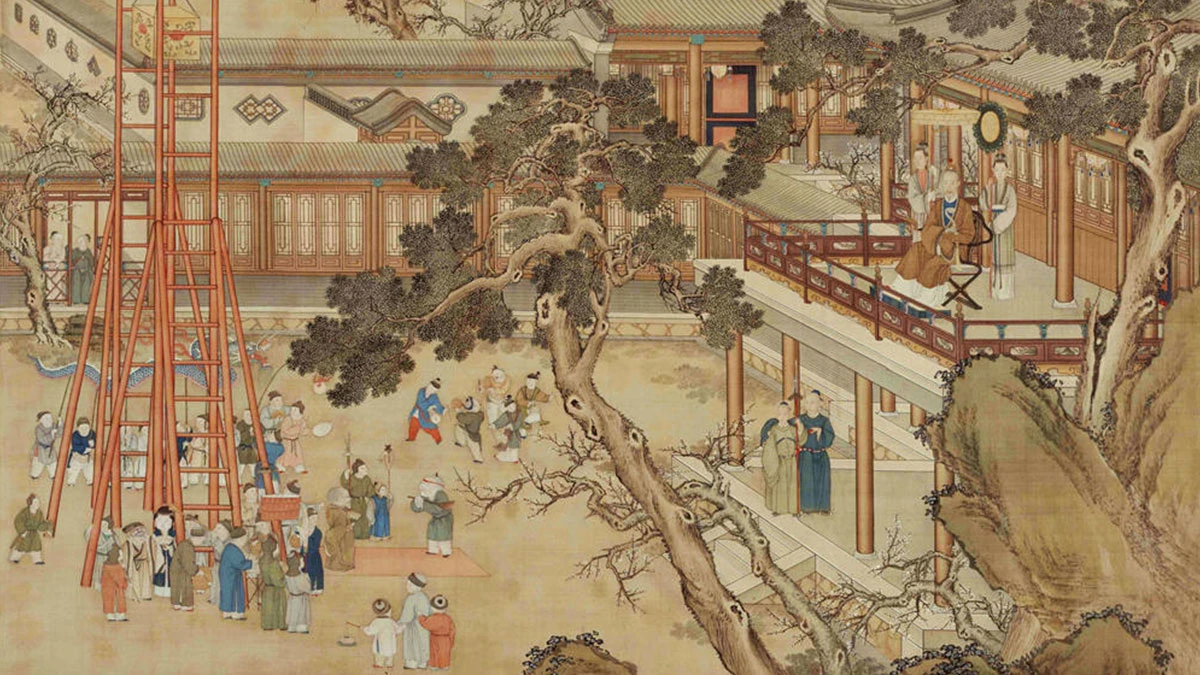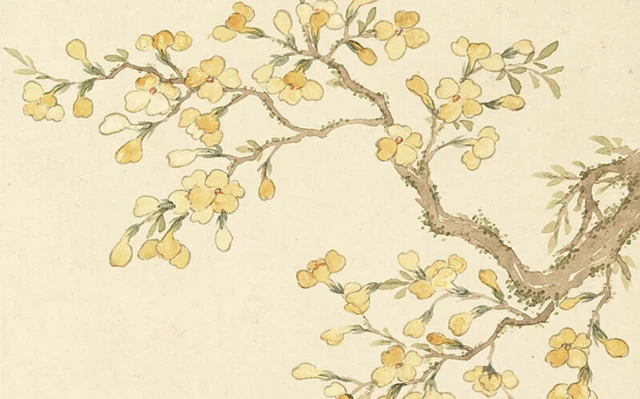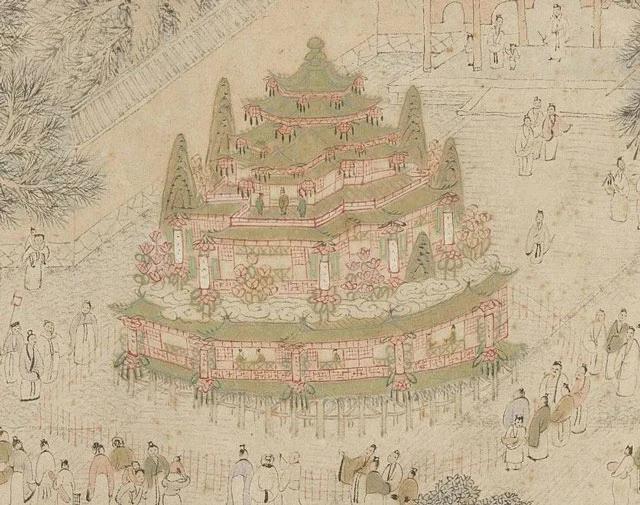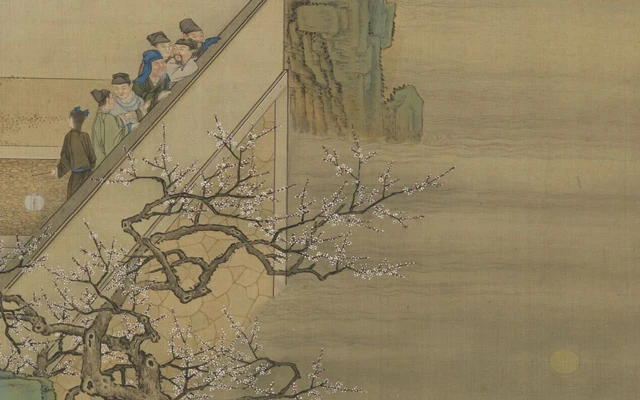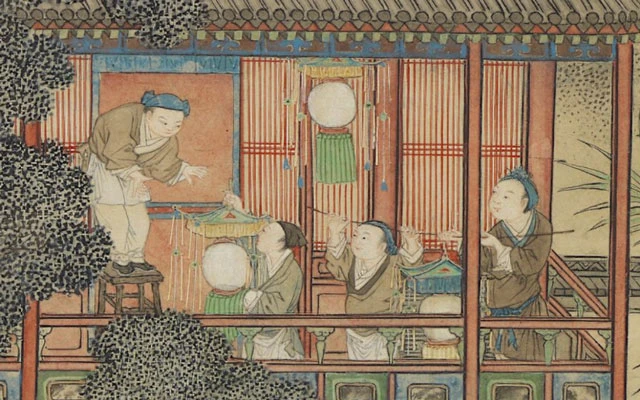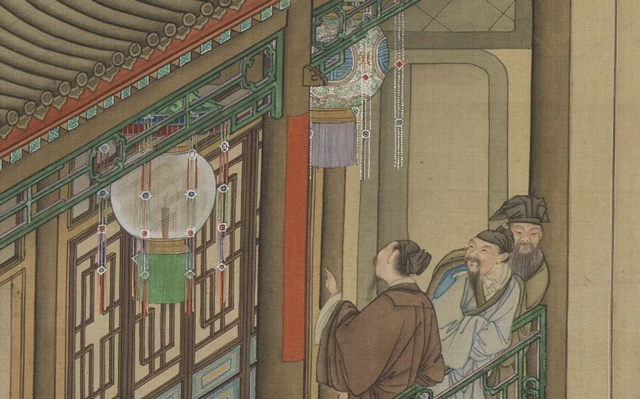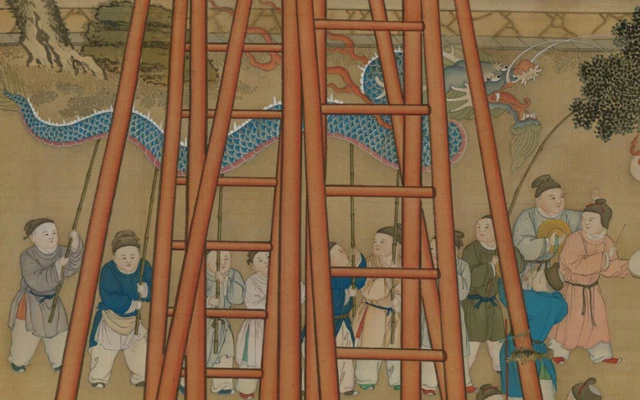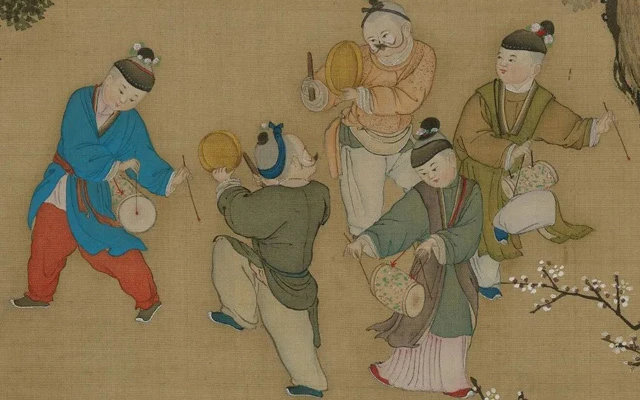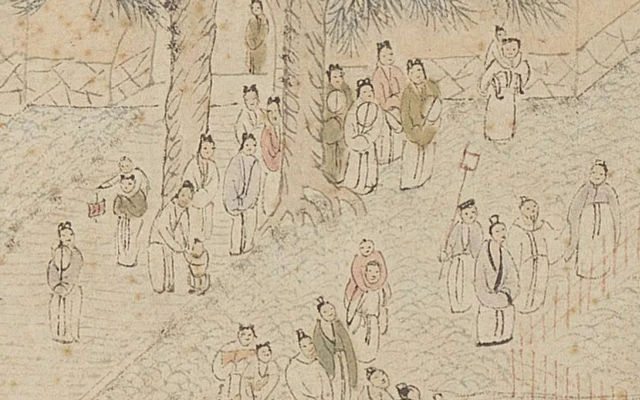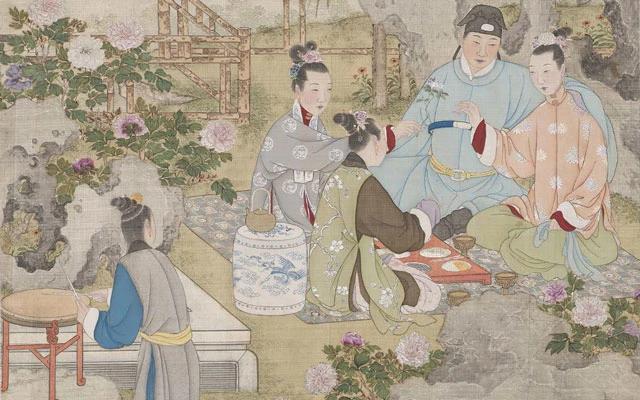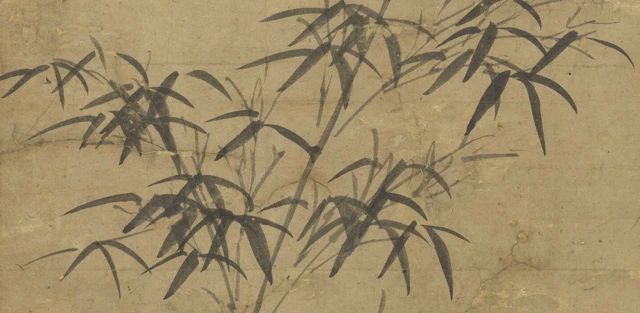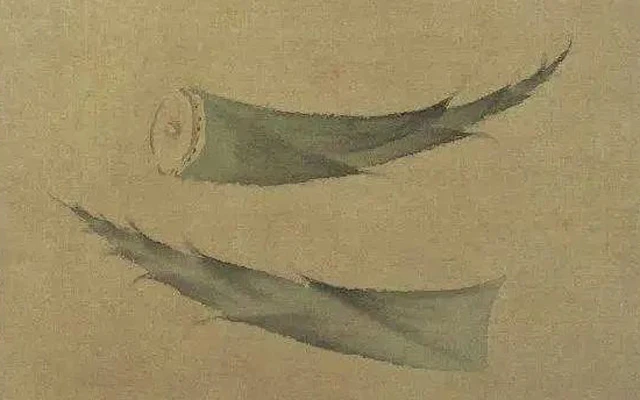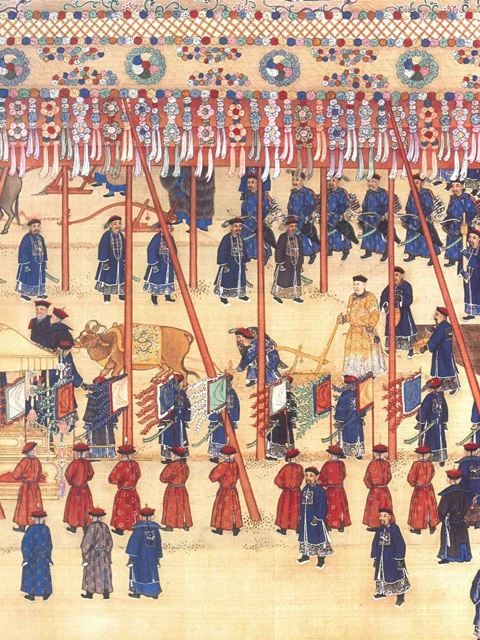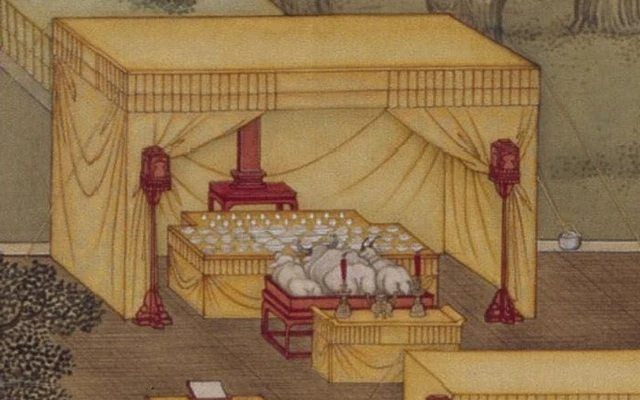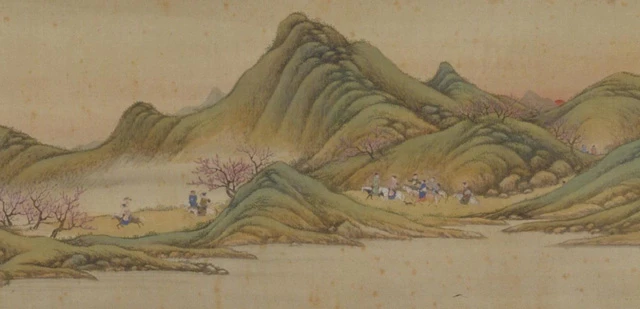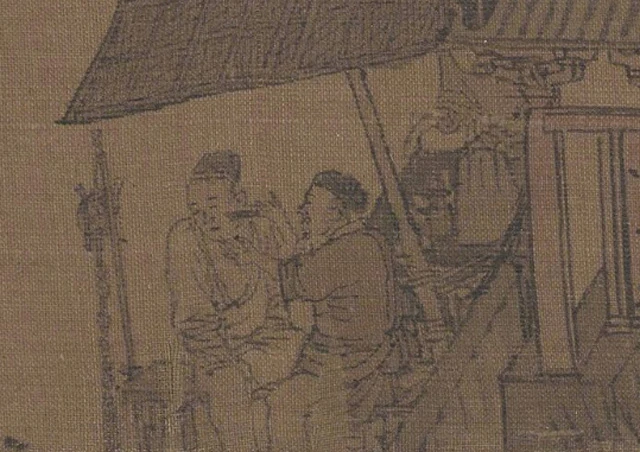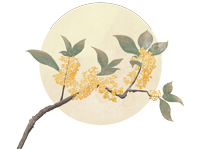The Chinese New Year holiday has not yet passed, February has already arrived. 2023 is a common year (distinguished from a leap year), so February only has 28 days, but full of early spring romance and tenderness.
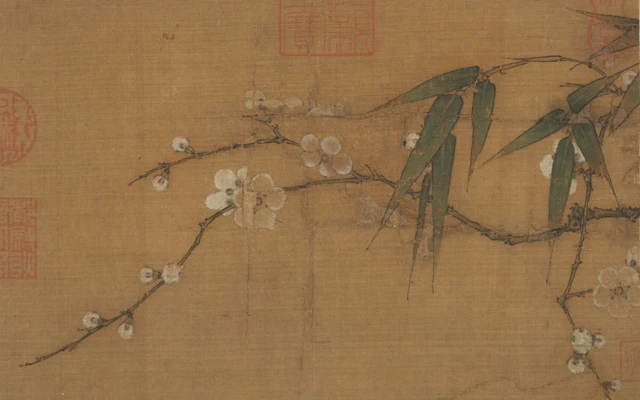
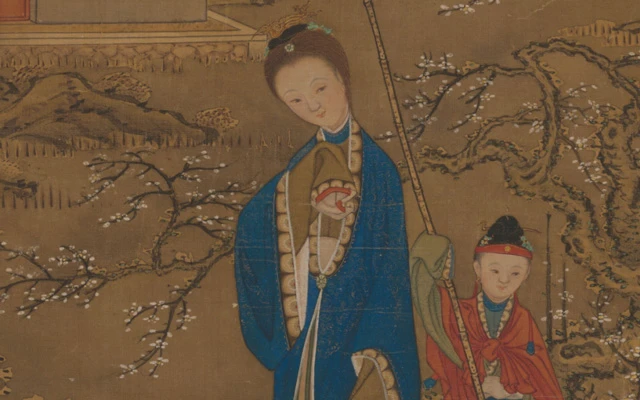
February 4 is the traditional Chinese solar term "Li Chun, 立春, Beginning of Spring", although the weather is still cold, but the flowers, which have endured the whole winter have long gotten the news in advance, with action to convey to the world: Spring day arrived!
Spring means a fresh start. And for gourmets, a new season means new cuisine to eat. The best thing about spring is leeks. Although leeks are available all year round, the newborn leeks in early spring are extremely tender and fragrant. So much so that the ancients would still use it for ancestral rituals.
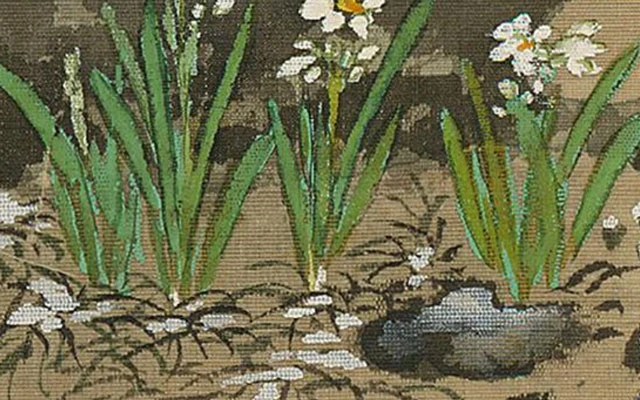
Leeks? Actually, it's daffodils.
Without getting too sophisticated, leeks can be stir-fried or wrapped in dough to make leek cakes, which is one of the romantic ways the ancient Chinese welcomed spring.
February 5 (the 15th day of the first month of the lunar calendar) is the Lantern Festival, which is the first full moon of the Chinese calendar new year and the return of spring to the earth, so the Lantern Festival is also called "Shang Yuan Festival (上元节)".
It is said that this year's Lantern Festival will have the smallest full moon of the year, but regardless of the size of the moon, every family will enjoy the moon, watch lanterns, guess lantern riddles, set off fireworks, and eat rice dumplings together on this day.
Every Lantern Festival, people will put riddles on the lanterns for the fun of guessing. In some Chinese areas, it is also customary to perform dragon lanterns, lion dances, stilt walking and playing Taiping drums at the Lantern Festival. Taiping drums have a long history. In the suburbs of Beijing during the Ming and Qing dynasties, it was very popular to play Taiping drums at the Lantern Festival.
At the same time, the Lantern Festival is also the traditional Chinese Valentine's Day. According to historical records, people can break the curfew and travel freely on the night of the Lantern Festival, and young unmarried men and women can take the opportunity to enjoy the lanterns and get acquainted with each other.
On 19 February, the traditional Chinese solar term "Yu Shui, 雨水, Rain Water" arrives, and by then, spring bamboo shoots will be ready to be served on the table. Tender, juicy, crisp and refreshing, spring bamboo shoots, a perfect spring treat.
February 21 is the Longtaitou Festival (龙抬头节, the second day of the second month of the lunar calendar), also known as the Spring Ploughing Festival, and the Spring Dragon Festival.
In the ancient time, the emperor symbolically leads all the officials to plough their own fields to set an example in the Longtaitou festival, in order to mobilise peasants to start the new year's work.
According to historical records of the Western Jin Dynasty, this custom originated during the time of the Three Sovereigns and Five Emperors, and the emperors of all dynasties attached great importance to this tradition.
The Yongle Emperor of the Ming Dynasty built the Temple of Agriculture in Beijing and set aside an acre and a third of land for him to cultivate personally. In the Qing Dynasty, Yongzheng set up a field outside the Yuanmingyuan, and on the Longtaitou festival, he led all his ministers to worship the gods of agriculture and plough the fields.
As the Chinese saying goes, "If the dragon doesn't raise its head, it doesn't rain", as the dragon raises its head to make clouds and rain to moisten everything on earth.
As a Chinese proverb says, "If you get a haircut on the Longtaitou festival, you will stay refreshed all year long.", so every year on the second day of the second lunar month, people go to get a haircut in order to have a good luck. In some regions, it is also customary to light up the walls and beams of the house with candles left over from the Chinese New Year rituals.
In ancient China, people attached great importance to traditional festivals and solar term, not only to mean family reunions, but also for good luck and to wish themselves better days ahead. In modern times, these traditions have not been forgotten, and it is through ancient Chinese paintings that we experience the lives of the ancients and look forward to a romantic, healthy and poetic February for ourselves.
